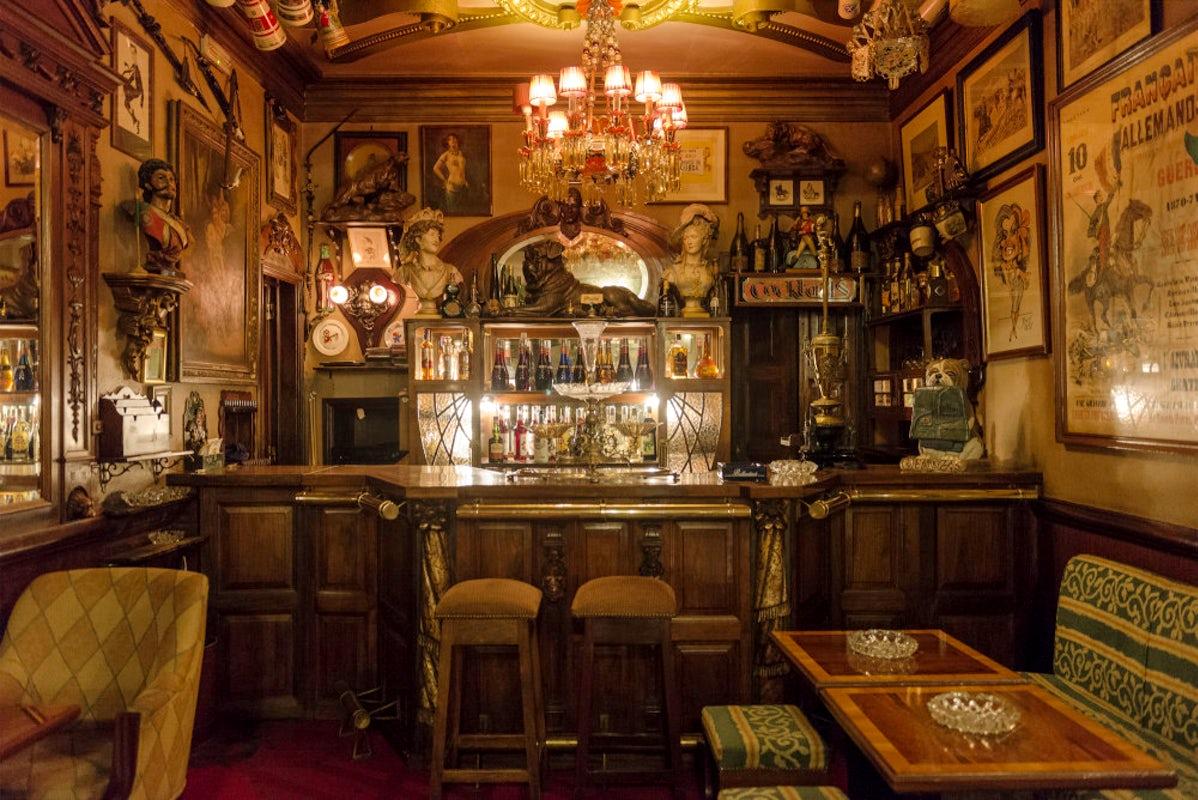
In the heart of Vale do Lima, the authentic and peculiar beauty of the oldest village in Portugal hides deep roots and ancestral legends. It was Queen Teresa who, on the distant date of March 4, 1125, granted a charter to the town, referring to it as Terra de Ponte. Years later, in the 14th century, D. Pedro I, given the geostrategic position of Ponte de Lima, ordered it to be walled off, so the end result was a medieval village surrounded by walls and nine towers, of which there are still two, several vestiges of the others, and of the entire defensive structure of the time, making access to the village through six doors.
The town is named after the long mediaeval bridge (Ponte) that passes over the Lima river that runs next to the town. One of the oldest towns in Portugal (founded on March 4, 1125), it was historically significant as a Roman settlement on the road from Braga to Santiago de Compostela and Lugo, and the first place in Portugal to get a municipal charter.
A walk through the town centre is a journey to the roots of the ancestry in Ponte de Lima, a town of stories and history. Largo de Camões welcomes visitors with its Noble Fountain, completed in 1603. The nearby bridge tempts us all to cross it. Cross the bridge and admire the beauty of the Church of Santo António da Torre Velha (Old Tower), built in the nineteenth century and notable for the height of its tower and the gargoyles flanking it. Nearby, the Chapel of Anjo da Guarda (Guardian Angel), which has Romanesque and Gothic roots and is often thought to have been built in the 13th century, will catch your eye because of how well it fits into the landscape.
Don’t return to the other bank without visiting the International Garden Festival and the picturesque outskirts of Além da Ponte (literally “Beyond the Bridge”), of undeniable architectural interest. On the left bank, back in the historic town centre, admire the São Paulo Tower, from the fourteenth century; the Pelourinho (Pillory); the Torre da Cadeia Velha (Old Jail Tower), which was still being used as a prison in the 1960s; and the Arco da Porta Nova, the town gate that leads to the old Rua da Judiaria.
Before heading to another symbol of Ponte de Lima, the Avenida dos Plátanos (Plane Tree Avenue), stop for a moment at the Baroque Chapel of Nossa Senhora da Penha de França. At the end of the avenue, the Chapel of Nossa Senhora da Guia (seventeenth century) is unmissable, as is the notable complex formed by the Churches of Santo António dos Frades (fifteenth century) and Ordem Terceira de S. Francisco (eighteenth century), which houses the Terceiros Museum. Just off the Avenue is the Diogo Bernardes Theatre, a fine example of an Italian-style theatre, inaugurated in 1893, which remains the town’s main cultural centre. The beautiful Neoclassical facades of the Villa Moraes, which is close by, are typical of the homes built by people who came back from Brazil. The Villa Moraes also has a warm and romantic park.
Back in the centre of the town, the Parish Church, rebuilt by João I, is another essential site. From there, walk up to the Paço do Marquês (fifteenth century) and visit the Military History Interpretation Centre. We also suggest a visit to the Church of Lapa, where there is an image of St. Benedict.




